Foam Rolling For Pregnancy
Today we are pleased to share a guest post about foam rolling for pregnancy from our resident fitness and nutrition expert, Katie Dudley. Katie has created a program for our online and in-person childbirth education classes that is second to none. In fact, there is nothing that even comes close in depth and uncompromising quality when it comes to pregnancy health and nutrition. One element that she felt was imperative to our program was the practice of foam rolling or myofascial release. Here she explains how this practice, when properly done, can be helpful and effective. In your childbirth class you will receive much more in-depth instruction each week. Enjoy and have an amazing pregnancy!
~
Throughout the course of pregnancy, a woman’s body goes through a vast amount of physical changes to accommodate for baby’s growth. As the body progresses during pregnancy the added weight and pressure of the physical changes may exacerbate preexisting muscle imbalances or create new ones. This growth places an abnormal amount of weight on a woman’s frame often causing a rotation of the pelvis and slight curvature in a women’s lower back (lordosis). Lordosis, a malpositioned pelvis, knee pain, hip pain, leg cramps, and back pain can all be caused by muscle tension and imbalances creating discomfort in mom-to-be.
The tension and imbalances are often a result of sitting for long periods, poor nutrition, stress, altered movement patterns, dehydration, and bad posture. Most of these symptoms are preventable and for a more comfortable pregnancy and better birthing process, we should be proactive in addressing them. Along with balanced daily nutrition, consistent pregnancy exercise and flexibility work, one of my favorite methods for alleviating pain and discomfort during pregnancy is through self myofascial release.
Self myofascial release or “foam rolling†is a convenient and inexpensive form of self massage. It is administered by using body weight and a high density foam roller to address knots and adhesions in our muscle tissues. From chronic positions like sitting or altered movement patterns (created by our daily physical habits), our tissues can become matted down and unable to contract and be activated properly. For example, when people sit at a computer or in the car all day, certain muscles, such as the glutes, become mashed down making it difficult for them to be activated correctly, thus placing more work on the lower back and hips. When this happens it alters our biomechanics, putting emphasis on the wrong muscles and joints to move our bodies. This is even more noticeable during pregnancy. By placing pressure on these trigger points and the surrounding tissues using a foam roller, we can help release the tension. This allows for greater blood flow and better muscle activation which relieves discomfort.
Many of us do not have the time or resources to visit the chiropractor or massage therapist as much as we would like. Regular foam rolling can help achieve similar results in between visits. The foam roller is a great maintenance tool. Often times we try to stretch the pain and tension away, but without relaxing the trigger points, it is difficult to increase muscle extension of shortened, tight muscles. By applying the myofascial release technique, you will create better range of motion and strength through the proper length/tension relationship between joints. There will be less tug of war on your frame.
By reducing overall tension in your body through foam rolling and balanced nutrition, you may find benefits in many different areas:
-Greater strength and muscle activation
-Less fatigue and better energy
-Decreased aches and pains (lower back pain, sciatica)
-Relief from physical demands of pregnancy and new baby
-Increased blood flow
-Better sleep
Not only is foam rolling beneficial for mom, it’s great for dad too. Myofascial release is safe for most individuals. Those that should avoid foam rolling are individuals with neuropathy, sensitive skin conditions, and severe swelling. When rolling, you want to avoid joints, spine, neck, lower back, abdomen, chest, and varicose veins. Pregnant women should also avoid their inner thigh, belly, and inside of their calf muscle. Mom may need to modify foam rolling as she progresses in her pregnancy. She should only roll to her level of comfort and adjust where needed. Moms with diastasis recti may want to avoid any prone positions during foam rolling.
Foam rolling is a great addition before or after exercise and is complimented by stretching afterward. Fit it in when you can, on the living room floor watching TV or at night before bed. The more consistently it is administered, the better your results will be.
How to foam roll:
Using a high density foam roller, roll muscle groups like calves, peroneals, hamstrings, quads, glutes, hip flexors, lats, and upper back. Roll slowly, taking your time making sure to release tension. Allow the muscle to relax. Rolling should be tender, but not unbearable. Spend a few minutes on each area. You may use a lacrosse ball or tennis ball for smaller areas like your upper back.
1) Sit on foam roller or floor
2) Position foam roller on targeted muscle group
3) Support your body in a comfortable position with neutral spine
4) Slowly roll until you find a tender place, keeping body relaxed
5) Making sure to breathe, allow tension to release in surrounding tissues, about 30 seconds to 1 minute
6) Move on to other areas of the targeted muscle
As with any new exercise, consult your care provider first.
You can have an amazing birth- and pregnancy! Thoughtful and conscientious nutrition and exercise can help you along this path.
 Katie Dudley, HHC, CPT, CES, PES is passionate about natural health and wellness. She enjoys educating and empowering others to take control of their own health. She believes women can have an amazing pregnancy and birth. Katie earned a Bachelor’s of Science in Psychology from the University of Georgia with a focus in Child and Family Development and Educational Psychology. Following her love of fitness and nutrition, a trainer since 2005, she is a Certified Corrective Exercise and Performance Enhancement Specialist and a Board Certified Holistic Health Coach. Katie currently has a private Holistic Health Coaching Practice, Cornerstone Integrative Fitness and Wellness, where she works with women and families all over the country. She lives in Atlanta, Georgia with her family.
Katie Dudley, HHC, CPT, CES, PES is passionate about natural health and wellness. She enjoys educating and empowering others to take control of their own health. She believes women can have an amazing pregnancy and birth. Katie earned a Bachelor’s of Science in Psychology from the University of Georgia with a focus in Child and Family Development and Educational Psychology. Following her love of fitness and nutrition, a trainer since 2005, she is a Certified Corrective Exercise and Performance Enhancement Specialist and a Board Certified Holistic Health Coach. Katie currently has a private Holistic Health Coaching Practice, Cornerstone Integrative Fitness and Wellness, where she works with women and families all over the country. She lives in Atlanta, Georgia with her family.
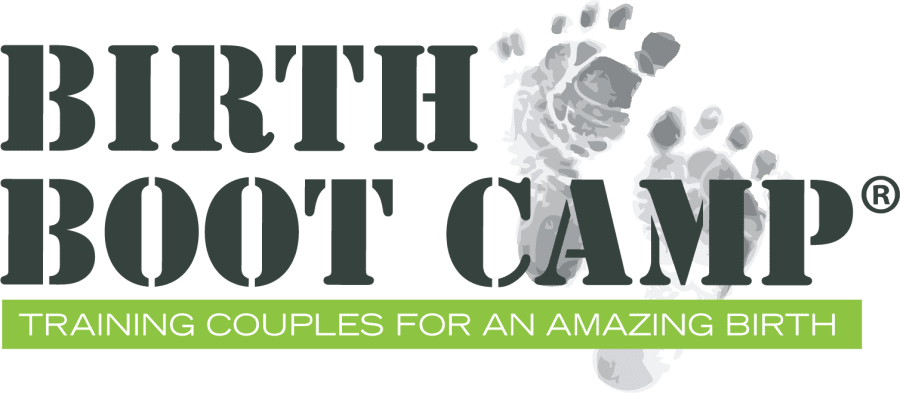

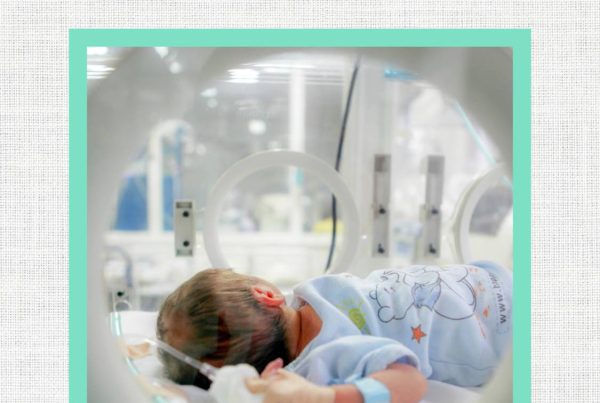

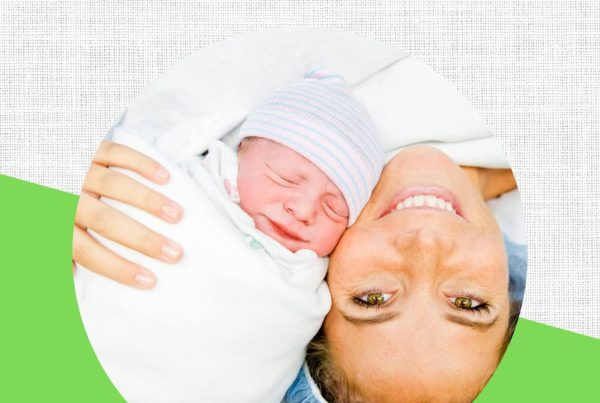
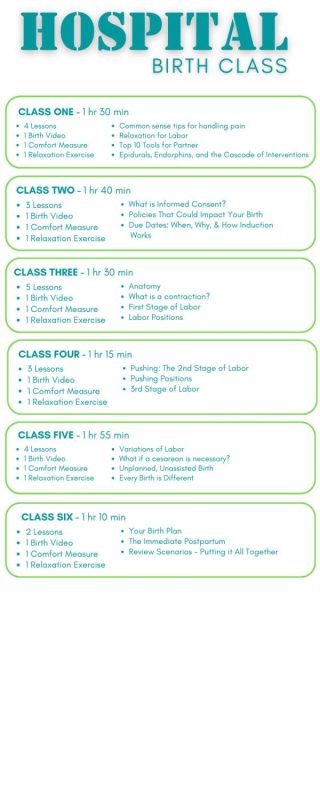
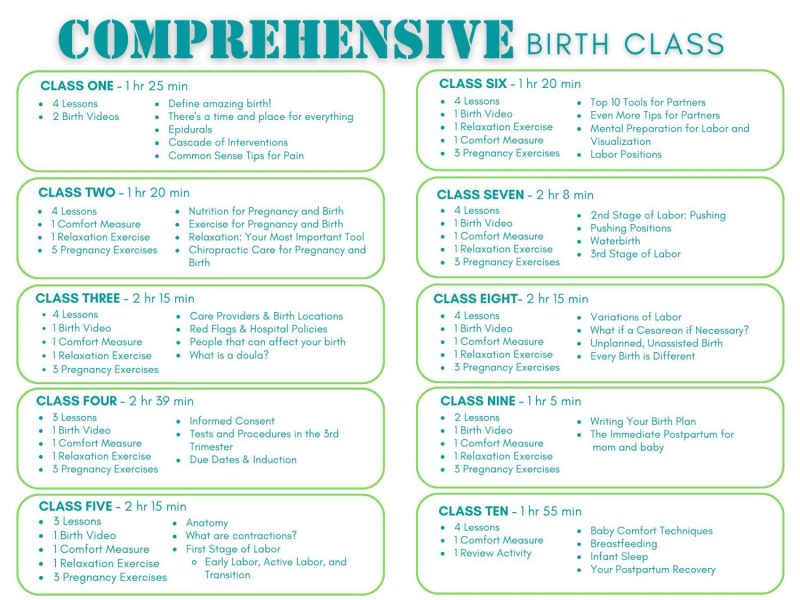


I love this! I have used it all pregnancy with a class from my local gym. I have found one of the greatest things it has done is help with the restless leg syndrome. At times when it just will not stop and of course is driving you crazy get out the roller. With in a few mins of rolling the area the RLS feeling will just go away. Its amazing!
Is it possible to use a foam roller to relieve tension in the lower back while pregnant?
Hannah, you can use the foam roller to relieve tension in the lower back, however you do not want to use the roller on the lower back directly. You want to roll the surrounding areas to alleviate tension in your lumbar region. Focus on rolling your hips, hip flexors, and also your hamstrings followed by some stretching of those areas for discomfort. Pelvic tilts/floor bridges with glute activation will also help.
Can you use the foam roller on the mid and upper back while pregnant?
Mary,
Yes you may use the roller on mid and upper back. Mid back from your bra line up. Upper back should be below neck. I often advise using a tennis or lacrosse ball standing against the wall for your upper back. Please let us know if you have further questions
Is there a benefit to using a high-density foam roller over something like a massage stick?
I’m 28 weeks pregnant with a baby girl. This is a great exercise to finish a day for me! :). Thanks for sharing this foam roller workout. It is helpul.
This is a great guide for pregnant women. I think it will help you also during labor.
What happens if you use a foam roller on your lower back?
I’d wondering if you can recommend any foam rolling techniques for turning a breech baby? Places and positions to be in to foam roll?
Thanks kindly
Do you know of a good place to buy a good foam roller? Thanks
http://birth-boot-camp.mybigcommerce.com/the-grid-foam-roller-by-trigger-point-performance/